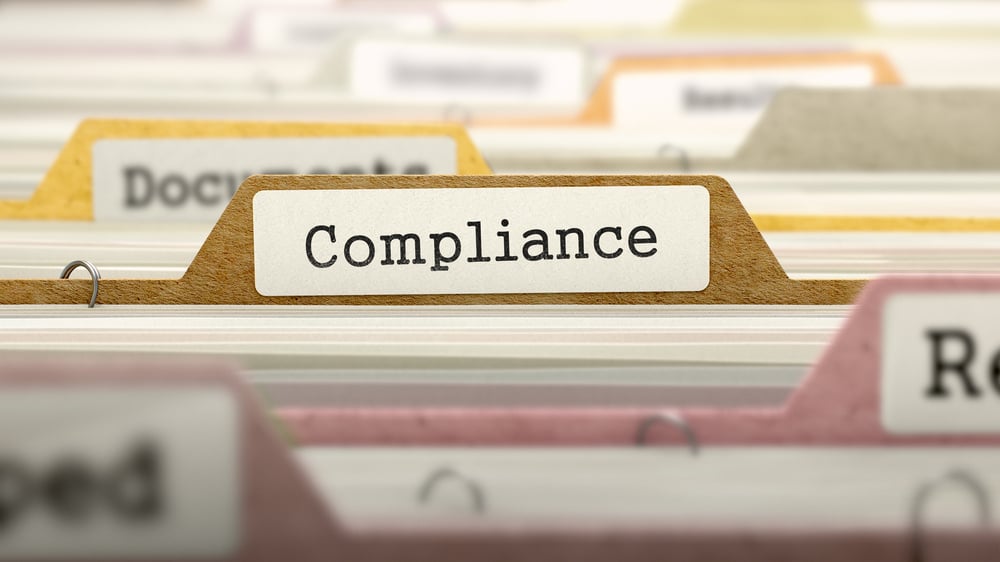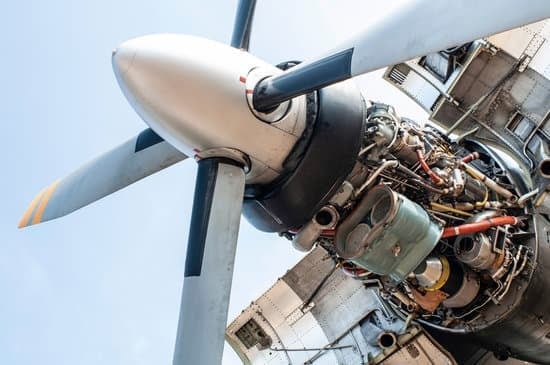Navigating Regulatory Compliance in Aircraft Maintenance: MROs

Aircraft maintenance, repair, and overhaul (MRO) organizations play an unheralded but crucial role in ensuring the airworthiness and safety of aircraft.
“MRO encompasses a range of vital activities, including routine inspections, planned maintenance, and significant repairs and component overhauls. These meticulous measures are essential to uphold the airworthiness of aircraft and guarantee their continued safe operation,” says Aerospace & Defense Review magazine.
Simply, in the high-stakes world of aviation, safety is everything.
“The significance of the MRO sector cannot be overstated, as it plays a crucial role in safeguarding passengers and crew, preventing operational disruptions, and enhancing overall aviation business efficiency,” continued the magazine.
Part of the challenges confronted by MROs is navigating a complex regulatory compliance landscape designed to ensure safety in the industry.
This article explores the key aspects of regulatory compliance for MROs and provides insights on how to effectively manage these requirements.
Key Regulatory Bodies and Standards
The aviation industry is governed by several regulatory bodies, each with its own set of standards and requirements.
“The safety of passengers is what motivates regulation in the commercial aviation sector, and the objective is to govern how aircraft are maintained to assure that safety,” says Aerospace & Defense Review’s “An Overview of MRO Compliance”.
The three main authorities that MROs must be familiar with are:
- Federal Aviation Administration (FAA): The primary aviation authority in the United States, responsible for regulating all aspects of civil aviation. FAA regulates MROs under Repair Station Operators (Part 145).
- European Union Aviation Safety Agency (EASA): The European Union's aviation safety agency, which sets standards for member states and is recognized globally. EASA regulates MROs under Continuing Airworthiness Organizations (Part-145).
- International Civil Aviation Organization (ICAO): A United Nations specialized agency that coordinates international civil aviation standards and recommended practices.
MROs must ensure compliance with the regulations set forth by these bodies, often requiring certification from multiple authorities to serve a global client base.
Essential Compliance Areas for MROs
To maintain regulatory compliance, MROs must focus on several key areas:
Personnel Qualifications and Training
- Ensuring all technicians and inspectors hold appropriate licenses and certifications
- Implementing ongoing training programs to keep staff updated on the latest regulations and technologies
- Maintaining detailed records of employee qualifications and training histories
Documentation and Record-Keeping
- Developing and maintaining comprehensive maintenance manuals and procedures
- Accurately documenting all maintenance activities, including parts used and work performed
- Implementing robust systems for managing and retrieving maintenance records
Quality Management Systems
- Establishing a quality assurance program that meets regulatory requirements
- Regularly reviewing and updating quality processes to ensure continued compliance
- Conducting internal audits to identify and address potential compliance issues
Safety Management Systems
- Implementing a safety management system (SMS) that aligns with regulatory requirements
- Encouraging a culture of safety reporting and continuous improvement
- Regularly assessing and mitigating safety risks in MRO operations
Challenges in Maintaining Regulatory Compliance
MROs face several challenges in their efforts to maintain regulatory compliance:
- Keeping up with evolving regulations: Aviation regulations are constantly changing, requiring MROs to stay informed and adapt their processes accordingly.
- Managing multiple certifications: Many MROs serve international clients, necessitating compliance with multiple regulatory bodies, each with their own unique requirements.
- Balancing compliance with operational efficiency: Meeting regulatory requirements can sometimes conflict with the need for operational efficiency, requiring MROs to find innovative solutions to maintain both.
“Complex regulatory compliance is a formidable challenge in aviation maintenance, reflecting aviation regulations’ intricate and ever-evolving landscape,” explains digital workflow provider Nsflow. “These regulations, set by international and national bodies like the International Civil Aviation Organization (ICAO) and the Federal Aviation Administration (FAA) in the United States, encompass a broad spectrum of aspects, including aircraft design, maintenance procedures, personnel training, and environmental considerations. The challenge for maintenance organizations lies in keeping abreast of these comprehensive and frequently updated regulations and implementing them effectively without compromising operational efficiency.”
Best Practices for Navigating Regulatory Compliance
To effectively navigate the complex world of regulatory compliance, MROs can adopt the following best practices:
Implementing Robust Training Programs
- Develop comprehensive training curricula that cover both technical skills and regulatory knowledge
- Utilize a mix of classroom, online, and hands-on training methods to ensure effective learning
- Regularly assess the effectiveness of training programs and update them as needed
Leveraging Technology for Compliance Management
- Implement digital solutions for document management and record-keeping
- Utilize compliance management software to track regulatory requirements and deadlines
- Explore the use of artificial intelligence and machine learning for predictive maintenance and compliance monitoring
Conducting Regular Internal Audits
- Establish a schedule of internal audits to proactively identify compliance issues
- Use audit findings to drive continuous improvement in processes and procedures
- Encourage open communication about audit results to foster a culture of transparency and accountability
Fostering a Culture of Compliance
- Emphasize the importance of compliance at all levels of the organization
- Encourage employees to report potential compliance issues without fear of reprisal
- Recognize and reward employees who demonstrate a strong commitment to regulatory compliance
The Future of Regulatory Compliance in Aircraft Maintenance
As the aviation industry continues to evolve, so too will the landscape of regulatory compliance for MROs. Some emerging trends to watch include:
- Increased use of data analytics and predictive maintenance technologies, which may require new regulatory frameworks to ensure their proper implementation and oversight.
- Growing emphasis on cybersecurity in aviation, leading to new compliance requirements for MROs in protecting sensitive maintenance data and systems.
- Efforts towards greater global regulatory harmonization, potentially simplifying compliance for MROs operating in multiple jurisdictions.
- Integration of unmanned aerial vehicles (UAVs) into the aviation ecosystem, necessitating new maintenance standards and compliance requirements.
McKinsey & Company highlighted the opportunity for generative artificial intelligence (AI) to play a key role in the future of the MRO industry.
“Maintenance of commercial aircraft is a high-stakes operation. Safety is nonnegotiable. If accuracy isn’t impeccable or quality fails to live up to a high standard, severe consequences can result,” says McKinsey & Company. “Although the precise prioritization of gen AI use cases will vary by company, many airlines and MRO players may find short-term opportunities in access to digital records, troubleshooting chatbot copilots, automation of compliance audits, and virtual assistants for inventory planning.”
Fostering a Culture of Safety and Quality
Navigating regulatory compliance in aircraft maintenance MROs is a complex but essential task. By focusing on key compliance areas, adopting best practices, and staying informed about emerging trends, MROs can ensure they meet regulatory requirements while maintaining operational efficiency.
Ultimately, effective compliance management is not just about meeting regulatory standards—it's about fostering a culture of safety and quality that permeates every aspect of an MRO's operations. By viewing compliance as an opportunity for continuous improvement rather than a burden, MROs can enhance their reputation, build customer trust, and contribute to the overall safety of the aviation industry.
As the regulatory landscape continues to evolve, MROs that prioritize proactive compliance management will be best positioned to thrive in an increasingly complex and competitive market. By staying ahead of regulatory changes and embracing innovative solutions, these organizations will not only ensure compliance but also drive excellence in aircraft maintenance, repair, and overhaul.
Contact Source One Spares today, accredited by the Airline Suppliers Association under FAA Advisory circular 00-56 and IS 9001:2015 and AS9120B Certification, for airframe and engine components that will keep your aircraft flying and compliant.



